Photo: © Global Look Press/Konrad Wothe/imageBROKER.com

Photo: © Global Look Press/Konrad Wothe/imageBROKER.com
Geomagnetic storms have a negative impact not only on the health of weather-sensitive people. The perturbation of the Earth’s magnetic field also affects the state of its ozone layer: during the day of exposure to geomagnetic storms, up to a quarter of its volume is destroyed.
To assess the destruction of the ozone layer, scientists from St. Petersburg University used a special mathematical model that takes into account various processes occurring in the atmosphere. The results obtained can be used to more accurately predict the future of the ozone layer and the climate of our planet.
About what the ozone layer of the Earth is, why it is so important and why ozone holes are dangerous – in the material REN TV.
Why is the ozone layer needed?
Ozone is one of the most important trace elements in our atmosphere. From an ecological point of view, its most valuable property is the ability to absorb ultraviolet radiation from the Sun, which is dangerous for living organisms.
On the other hand, it is the strongest oxidizing agent (simply a poison), capable of poisoning the very flora and fauna that it protects as a stratospheric ozone layer upon direct contact.

In addition, ozone is an effective greenhouse gas that significantly affects the Earth’s climate change. These properties are what make ozone so important to us. Its preservation ensures those ecological and biological conditions in which the terrestrial fauna and flora have existed for many millions of years.
What is the earth’s ozone layer
Ozone is a colorless gas found in all layers of the atmosphere. This is an allotropic modification of oxygen, in which three atoms of this chemical element are connected.
Ozone is a very powerful oxidizing agent: it is much more reactive than diatomic oxygen, and enters into chemical interaction with almost all metals and non-metals, many inorganic and organic substances.
Most of the ozone in the earth’s atmosphere (about 90%) is in the stratosphere. It is part of the Earth’s gaseous envelope that begins at an altitude of about 10-16 kilometers (depending on latitude) above the surface of the planet and extends to an altitude of about 50 kilometers.
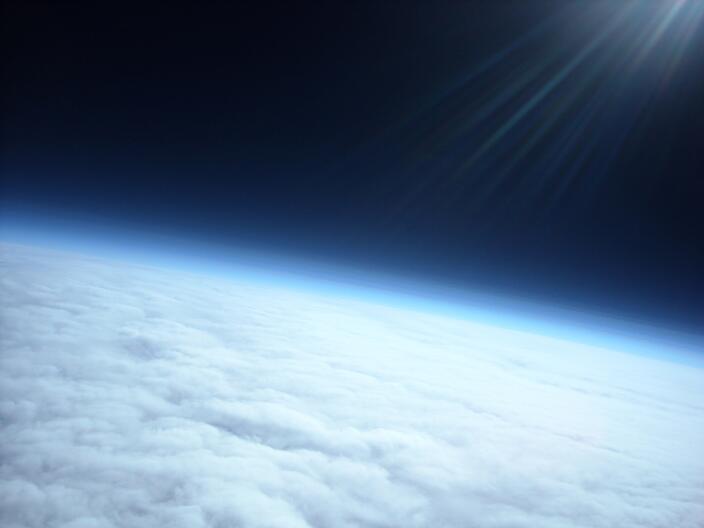
Ozone layer and UV radiation
Ozone in the stratosphere protects life on Earth from harsh ultraviolet radiation. This layer is especially important because it acts as a sunscreen: it prevents ultraviolet radiation from the sun from reaching the troposphere in its entirety.
UV radiation in small doses is beneficial for the human body, because it is directly related to the production of vitamin D.
In modern medicine, this radiation is used to treat psoriasis, osteoporosis, hepatitis C, eczema, and rickets. This also takes into account the risk of negative impact, so any use of this radiation occurs under strict medical supervision.
Long-term human exposure to solar ultraviolet radiation can provoke the development of acute and chronic diseases and the immune system. UV radiation can cause degenerative changes in skin cells, fibrous tissue and blood vessels. Skin cancer and cataracts are the most serious and frequent consequences of ultraviolet irradiation.

UV power
The power of ultraviolet radiation from the Sun is most often divided into three categories:
- UV-A (320 to 400 nanometers): length not absorbed by ozone as it is at a safe distance.
- UV-B (280 to 320 nanometers): most is absorbed by ozone, but this wavelength of radiation can be harmful to sensitive skin.
- UV-C (less than 280 nanometers): completely absorbed by ozone. This is the most dangerous length because it is the shortest and can destroy a significant part of our ecosystem.
What is an ozone hole
The ozone hole is a local thinning of the ozone layer. As can be seen from satellite images, ozone holes are not literal holes. Scientists use the term as a metaphor for places where ozone concentrations are extremely low.
The thickness of the ozone layer is measured in “Dobson units” (1 Dobson unit is equal to an ozone layer of 10 micrometers). Ozone holes are places where the ozone content is 220 Dobson units or lower.

As a rule, when people talk about ozone holes, they mean the thinning of the ozone layer over Antarctica. This is due to the fact that special meteorological and chemical conditions that form over the south pole increase the anthropogenic impact on the stratosphere.
How does the ozone hole form?
The low temperatures of the polar night and the difference between the cold poles and the warmer temperate zones lead to the formation of a stratospheric polar vortex. It consists of strong air currents circulating high in the atmosphere above Antarctica, sealing off cold air and allowing ozone depleting chemicals to build up. As a result, an ozone hole forms over the region every spring in the southern hemisphere.
However, this is not the only such object known. Similar (although less regular and less stable due to the proximity to the mountain ranges of the mainland) processes can also be observed near the north pole.
New dangerous ozone hole
In 2022, scientist Qing Bing Lu, a professor at the University of Waterloo in Canada, discovered a large ozone hole in the planet’s tropical region.
It turned out that the ozone hole over the tropics is seven times larger than over Antarctica, which environmentalists have been worried about all these years. Even worse, the hole has been around since the 1980s. Unlike the Antarctic Hole, which appears in the spring, the Tropical Hole is visible all year round.
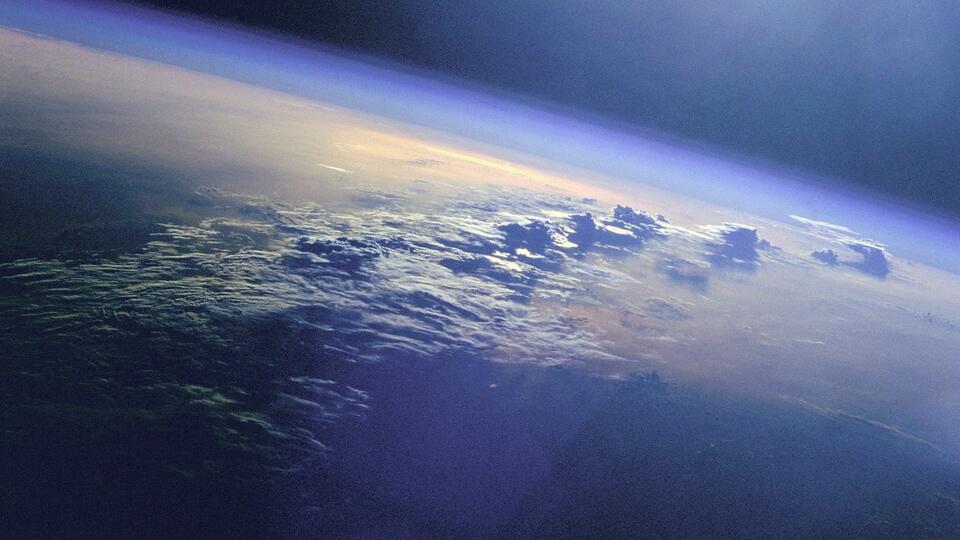
The ozone content in the tropical ozone hole is 25% less than in the pristine atmosphere. Calculations show that the depletion of the ozone layer over the equatorial regions can negatively affect the planet’s ecosystems and harm 50% of the world’s population.
Why scientists criticize the Canadian discovery
The international community of scientists argues how reliable the study of Canadian colleagues is.
“There is no tropical ozone hole,” says Paul Young, an atmospheric scientist at Lancaster University in England and one of the authors of the report “Scientific Assessment of Ozone Depletion 2022.” jointly produced by the World Meteorological Organization (WMO) and the United Nations.
Distrust of scientists is associated with a new definition of the ozone hole, which is introduced in the report by Canadian meteorologists.
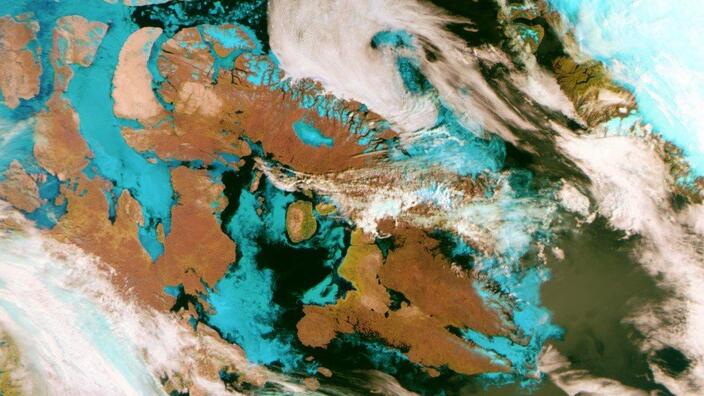
“The author of the study found the tropical ozone hole because he looks at how the amount of ozone has changed in percentage, and not in absolute changes. And the latter are just more important for calculating harmful ultraviolet radiation reaching the Earth’s surface,” Yang is convinced.
Thus, it turns out that according to the old approach, there is no tropical ozone hole, while according to the percentage losses, based on measurements, there is still a thinning of the ozone layer.
Why is the Earth’s ozone layer depleting?
Synthetic and artificial substances formed as a result of industrial activity were recognized as the cause of damage and thinning of the Earth’s ozonosphere.
Ozone depletion is caused by chlorofluorocarbons, a group of organic compounds containing fluorine, chlorine, and carbon atoms. These compounds are non-toxic, stable and, interacting with air, do not form explosive substances.
Freon (refrigerant) is a bright representative of these compounds and includes more than 40 different substances. The scope of freon captures almost all spheres of human activity.
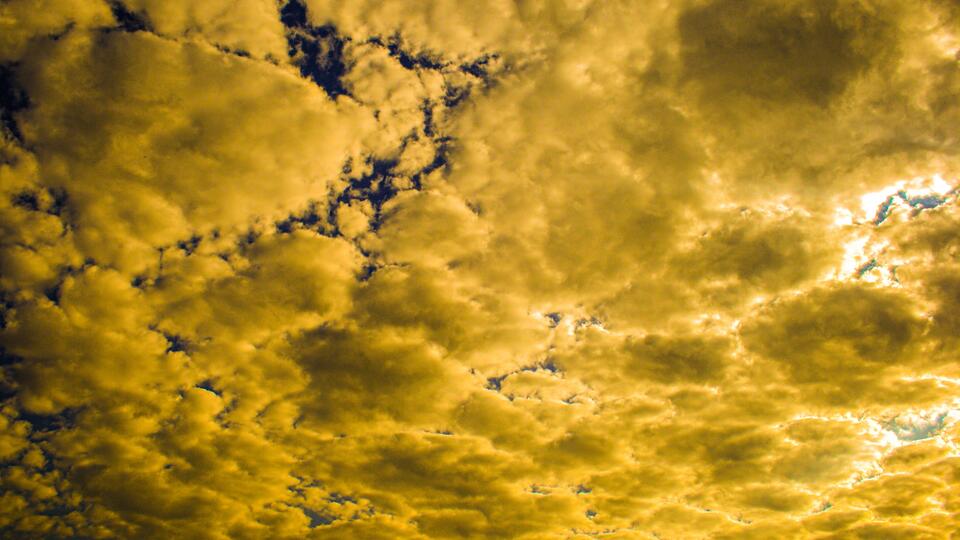
For the first time, chlorofluorocarbons began to be used in the operation of refrigeration devices (refrigerators, air conditioners), replacing them with toxic and explosive ammonia and sulfur dioxide. Later, chlorofluorocarbons began to be widely exploited in aerosol cans, blowing agents, solvents, as well as in the food and perfume industries.
However, it is now known that under the influence of solar radiation, chlorofluorocarbons decompose in the atmosphere and form substances that effectively destroy ozone molecules. And if on Earth freon does not pose a danger to life, in the stratosphere it actively destroys the defense system of our planet.
What is the Montreal Protocol
In 1987, WMO and the United Nations Environment Program brought together scientists, diplomats, environmentalists, government officials, industry and commercial organizations to reach an agreement to phase out chemicals. In January 1989, the Montreal Protocol, the world’s first international agreement on the management of chemical pollutants, entered into force.
As part of the protocol, it was decided to phase out the production and use of ozone-depleting chemicals. The first was a ban on the use of CFCs (chlorofluorocarbons) in aerosol spray cans.
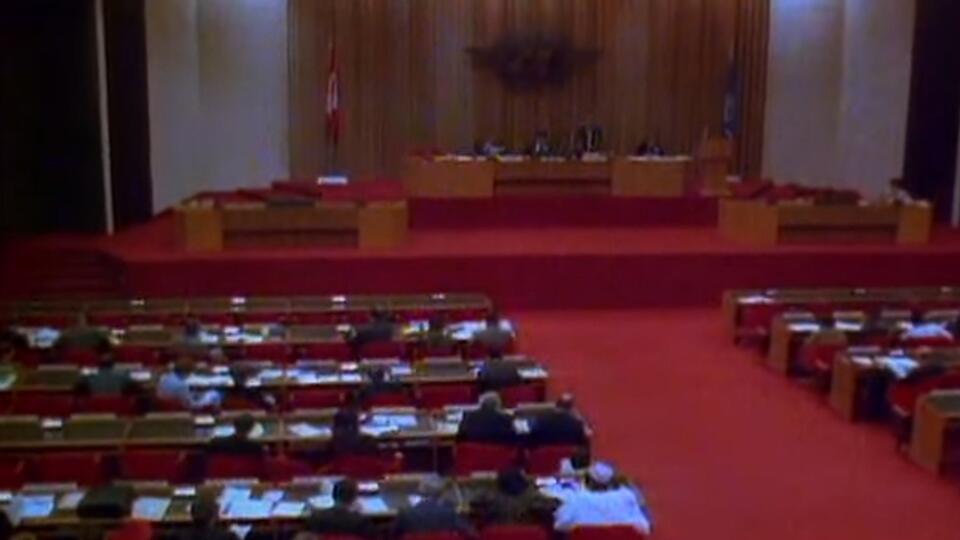
How the Earth’s ozone layer is restored
The Earth’s ozone layer will recover within four decades. This conclusion was reached by a group of experts, whose work is supported by the UN. The scientists presented their conclusion at the end of 2022.
The report, published every four years, says that phasing out almost 99 per cent of banned ozone-depleting substances has helped to preserve the ozone layer and, as a result, reduce human exposure to harmful ultraviolet rays.
Under current policies, the ozone layer is expected to recover to 1980 values (approximate date of the ozone hole) by about 2066 over the Antarctic, by 2045 over the Arctic, and by 2040 over the rest of the world.
Fluctuations in the size of the Antarctic ozone hole, especially between 2019 and 2021, have been driven primarily by meteorological events. However, since 2000, the Antarctic Ozone Hole has been slowly improving in terms of area and depth.
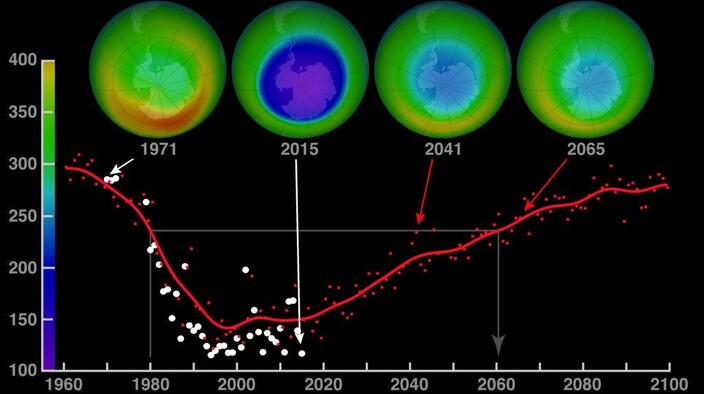
“The fact that the ozone layer, according to the last four-year report, is on the path to recovery is truly fantastic news. The impact of the Montreal Protocol on climate change mitigation cannot be overestimated. Over the past 35 years, the Protocol has become a true environmentalist,” — considers Meg Seki, Executive Secretary of the Ozone Secretariat of the United Nations Environment Programme.
Ecologists note: it is very important to understand that progress in this case is not irreversible. If harmful chemicals are used again, the holes in the ozone layer will begin to grow again.
Source: Ren
Alfred Hart is an accomplished journalist known for his expert analysis and commentary on global affairs. He currently works as a writer at 24 news breaker, where he provides readers with in-depth coverage of the most pressing issues affecting the world today. With a keen insight and a deep understanding of international politics and economics, Alfred’s writing is a must-read for anyone seeking a deeper understanding of the world we live in.
